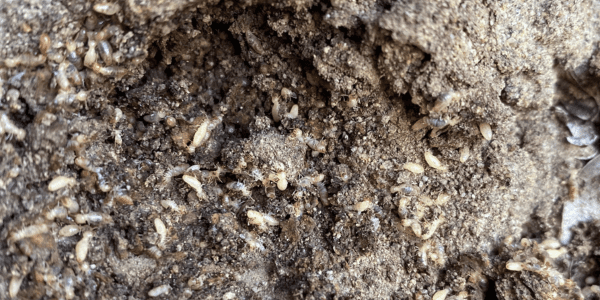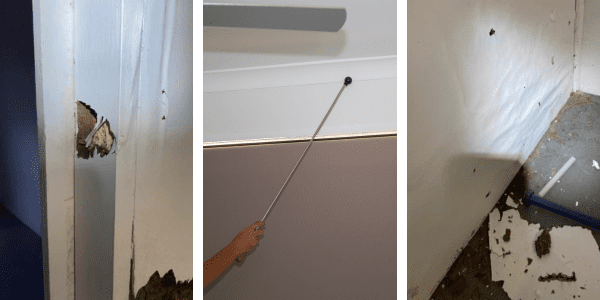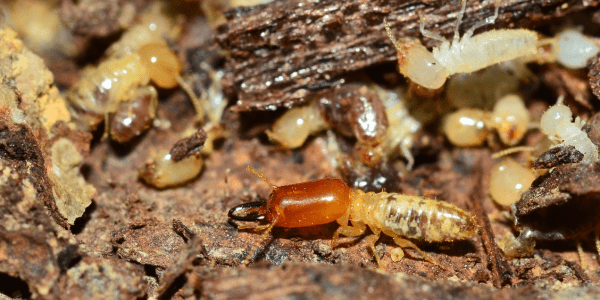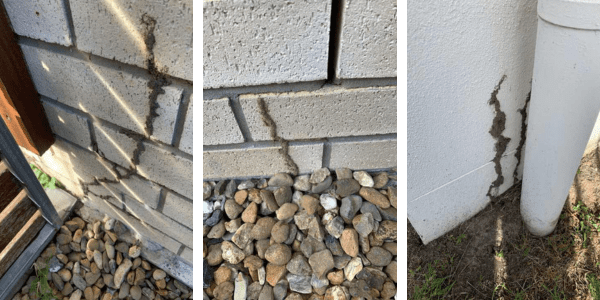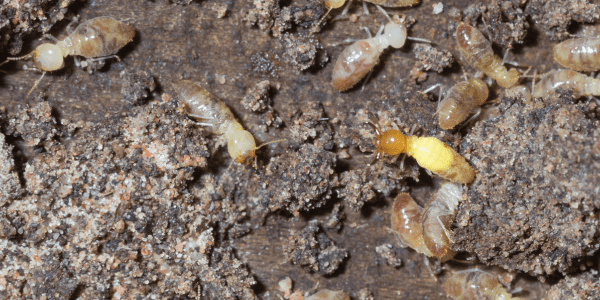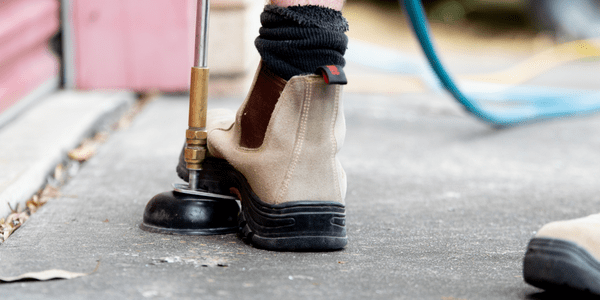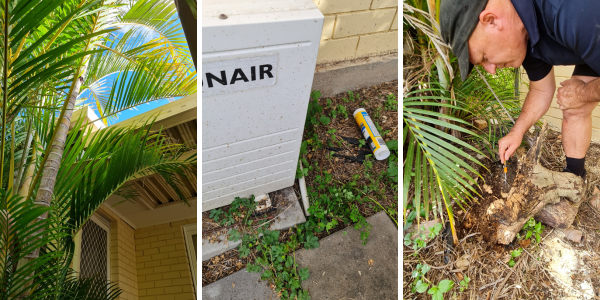How Do You Know If You Have Termites In Your Walls
Look For These Signs
Termites often hide in walls as they are elusive creatures that like the dark. There is plenty of edible timber available in the wall frames, skirting boards, and architraves. There’s also plenty of space between the framework for a sub-nest to act as a ‘halfway house’ between your house and the colony.
It can be difficult to know with certainty if you have termites in your walls without pulling the wall apart. However, there are some signs you can look for that point to termites in your walls.
1. Hollow-sounding wood and bubbling paint
Termites eat wood from the inside out which means the timber becomes hollow as it gets eaten. If the timber is painted, like a skirting board, the paint may also appear to be ‘bubbling’. The appearance of bubbling paint occurs when termites completely eat out the timber, leaving the thin layer of paint behind. If you knock on a wooden structure in your home (eg. skirting boards) and hear a hollow sound, you may have termites in your walls.
That’s why pest inspectors use a ‘sounding tool’ to tap along skirting boards, architraves, door and window frames during an inspection. They are listening for any changes in sound in the timber which often indicates termite activity or previous termite damage.
2. Clicking or ticking sounds in walls
When there is a large collection of termites, it is possible to hear clicking sounds emanating from the wall. Termites create this sound as they mingle together and eat timber. It can also sometimes occur when they bang their heads against the timber as a warning sound to the rest of the colony. However, it's likely you will only be able to hear the clicking sounds under two circumstances. First, there generally must be a large amount of termites for you to hear the noise. Secondly, your ear will need to be close to the wall or floor where the termites are hiding for you to hear it. Finally, if you can hear the noise without your ear being close to the wall, it is likely the nest is either very large or coming from another type of pest.
3. Mud tracks or packs around the property or worse case, inside
Subterranean termites build mud tracks to travel between their food source and their colony. These mud tracks act as tunnels through which termites crawl as they travel back and forth from the colony. When a colony decides to build a nest, they will also create this nest out of the same mud-like substance. If you see mud tubes or mounds around your property, contact a licensed pest inspector to conduct a thorough inspection.
Termite mud tubes are often on exterior walls, along cracks in brickwork, up timber stumps, and framework. In some cases, this mudding may start to appear inside on walls as spotting or tracks. Unfortunately, at this stage, it normally means the termites have caused significant damage.
I think I have termites! What do I do?
If you think you might have termites, it’s very important not to disturb them! Termites are shy, elusive creatures that will find a new hiding spot when exposed. If you accidentally uncover them, cover them back up and call a licensed pest inspector as soon as you can. They will be able to treat the termites and provide you with recommendations for prevention.
Don’t try and handle the problem yourself by spraying fly spray or other chemicals onto them. This only aggravates the termites and causes them to hide in another location. Thus, making it harder for a licensed pest inspector to locate and treat them.
Termite treatment options
The treatment options for termites depend on the severity of the infestation and the likelihood of future infestations including:
- Spot treatment – a slow-acting chemical that is sprayed onto live termites to take back to their nest to kill off the whole colony.
- Chemical termite barrier – a slow-acting chemical is installed around the entire perimeter of the house to protect against subterranean termites for up to 8 years.
- Termite bait stations – bait stations filled with treated timber are installed at intervals around the perimeter of the property. This isn’t as reliable as a chemical barrier and is recommended when a house isn’t situated in such a way that a chemical barrier can be installed.
- Annual timber pest inspection – whilst it’s not a treatment option, getting an annual timber pest inspection ensures that any termite activity is detected early.
Best methods for preventing termites in your home
Whilst no method or treatment is 100% termite-proof, there are a few things you can do to minimise the risk of termites. These include:
- Ensure there is no timber or wooden debris lying up against the house or around the yard
- Cut back any branches that overhang your roof as termites can use these branches to enter your home through the roof
- Repair any leaking gutters, downpipes, taps or other plumbing around the property as termites love damp areas
- Ensure water tanks, down pipes and air conditioning overflows divert properly to a drain
- Locate or relocate mulch and garden beds away from alongside the house, if possible
- Repair any timber fungal decay around the property and previous termite damage as termites can use old termite tracks to gain entry
Have peace of mind with Dedant
If you think you might have termites in your walls or property, call us now! All our inspectors are highly experienced and trained at identifying termite activity and damage.
We have been providing effective termite treatments and solutions across Brisbane, Redland Bay, Moreton Bay, Gold Coast, the Scenic Rim, Sunshine Coast, Ipswich and Logan since 2009.
If you would like to book a termite inspection, spot treatment, termite barrier or have questions, contact us on 07 3807 0122 or via our website.

